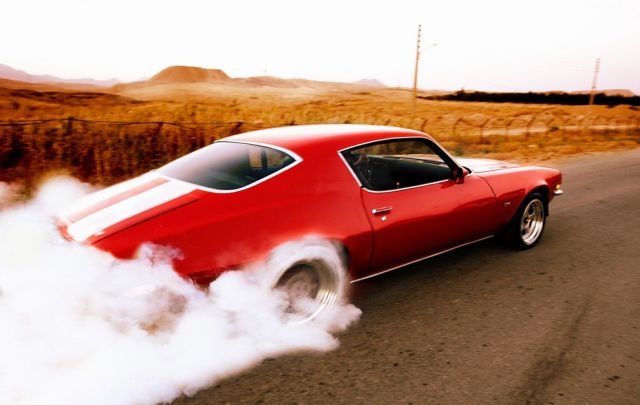The Dodge Challenger: an iconic vehicle that defines the United States’ love affair with muscle cars. This is the sight that Iranians hope to see as more and more American and European car models appear in Tabriz. Before the Islamic Revolution in 1979, Iran was a flourishing marketplace for U.S.-manufactured cars and trucks. However, a combination of U.S. sanctions that barred most trade and Iran’s own restrictions have blocked sales.
Since last year, hundreds of the most sought-after cars are coming into Iran via a nearby free trade zone close to Armenia and Azerbaijan, an example of how sanctions rarely stop the flow of luxury goods when there is demand for them. this is a clear sign of the enormous potential market Iran offers to U.S. automakers if there is initial agreement between the Islamic Republic and world powers. Such an agreement would lead to a permanent settlement of their dispute over Tehran’s nuclear program and the lifting of trade embargoes.
Until then, these cars are making their way in through the Aras free trade zone, which was established eight years ago in the northwest corner of the country. It immediately began to allow car imports last year, putting it in prime position as a key conduit for trade if the diplomatic thaw between Iran and the West continues. More than 1,500 cars have been sold in Aras since the first half of 2012. More than half of those are American brands — including Chevrolet, GMC, Cadillac, Ford and Dodge.
There is little doubt about the potential for an American muscle car market in Iran. Production in Iran’s domestic car industry, unusually developed for the Middle East, peaked at 1.6 million cars in 2011, the year crippling new sanctions were introduced. Because it is rich in natural resources and has a population of over 75 million people, it does not lack anything necessary to make this market flourish. There is little clarity on how and when the deal will be implemented but analysts says Iran has the potential to be a profitable and fast-growing auto market exceeding 2 million vehicles annually in the event of a sustained diplomatic thaw. Even in the best case, that will be some time in the making, but perhaps the ban by Iranian authorities on importing U.S. cars to the general market will change much sooner.



